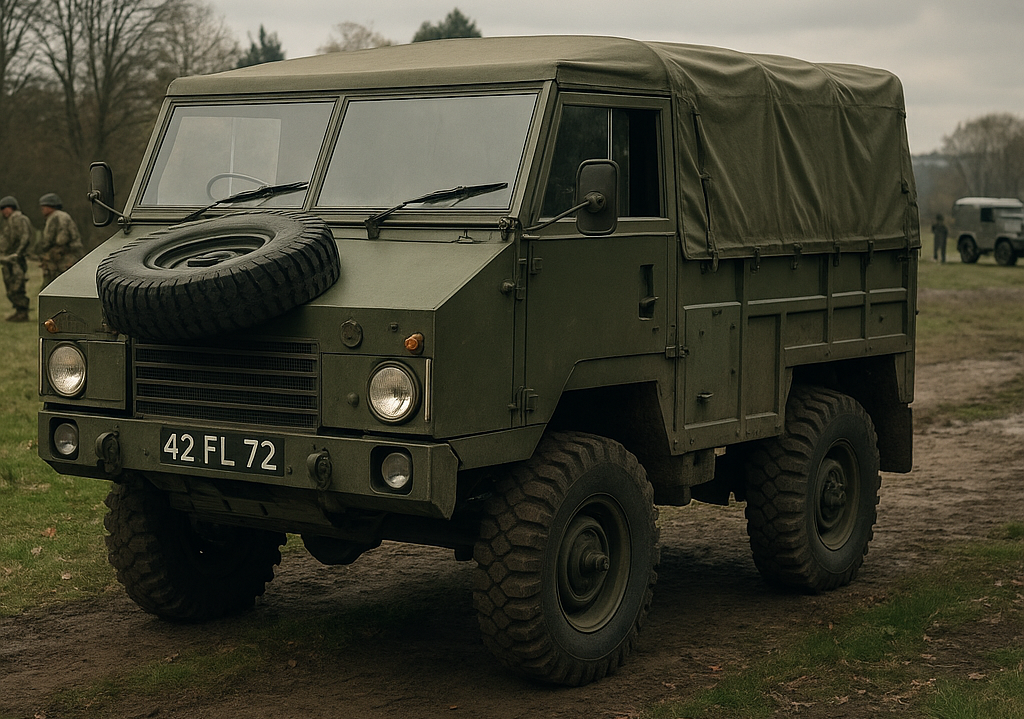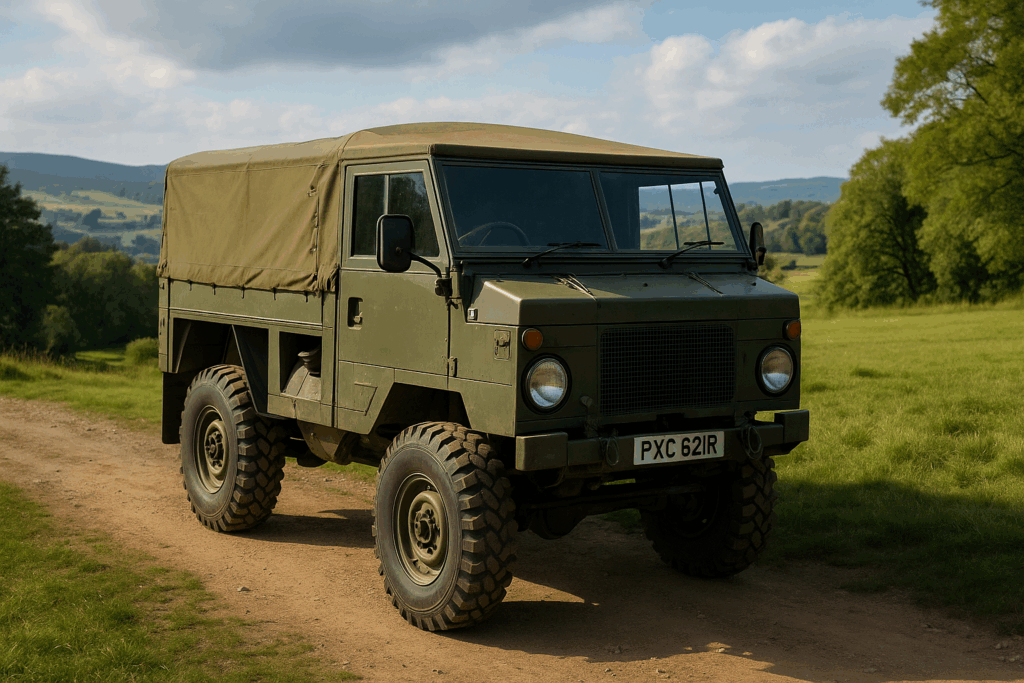
Table of Contents
- Overview
- Land Rover Series I Tickford Station Wagon
- Land Rover Defender SVX “Spectre”
- Land Rover Series II Forward Control
- Land Rover Defender 110 V8 County
- Land Rover Discovery Camel Trophy Edition
- Land Rover 101 Forward Control
- Conclusion
Overview
Not all Land Rovers are created equal. Some have been produced in such limited numbers that they’ve become the stuff of legend among enthusiasts. These rare models often feature unique specifications, special editions, or were built for specific purposes, making them highly sought after by collectors.
In this article, I’ll explore some of the rarest Land Rovers ever made, highlighting their unique features and why they hold such a special place in automotive history. Whether you’re a seasoned collector or just a fan of the brand, these rare Land Rovers are sure to pique your interest.
Land Rover Series I Tickford Station Wagon
The Land Rover Series I Tickford Station Wagon is one of the earliest and rarest models produced. Introduced in 1949, this vehicle featured a wooden-framed body built by the renowned coachbuilder Tickford. It was designed to offer more comfort and luxury compared to the standard Series I, targeting the upper market segment.
However, its high price and luxurious features did not appeal to the typical Land Rover customer at the time, resulting in very low sales. Only about 650 units were ever made. Today, finding a Tickford Station Wagon in good condition is extremely rare, making it a prized possession for collectors.
Land Rover Defender SVX “Spectre”
The Land Rover Defender SVX “Spectre” gained fame for its role in the James Bond film “Spectre.” These vehicles were specially modified by Bowler Motorsport to perform stunts and tackle extreme terrains during filming. They featured enhanced suspension, larger wheels, and powerful engines to meet the demands of movie action sequences.
Only ten of these modified Defenders were built for the film, making them incredibly rare. After filming concluded, these vehicles became highly coveted by collectors and fans of both Land Rover and James Bond. Their combination of cinematic history and unique modifications sets them apart as some of the rarest Defenders ever made.
Land Rover Series II Forward Control
The Land Rover Series II Forward Control was introduced in 1962 as a vehicle designed for commercial use. Its unique forward control design placed the driver’s cab above the engine, allowing for a larger cargo area within a relatively compact footprint. This made it ideal for various industrial applications.
Despite its innovative design, production numbers were limited due to its specialised nature and higher cost compared to standard Land Rovers. The Series II Forward Control remains a rare sight today, especially in original condition, making it highly valued among collectors who appreciate its uniqueness and practicality.
Land Rover Defender 110 V8 County
The Defender 110 V8 County was produced in limited numbers during the early years of Defender production. Featuring a powerful V8 engine paired with County trim levels that included more comfortable interiors and additional features such as improved seating and advanced instrumentation, this model stood out among early Defenders.
Its combination of performance and luxury made it desirable but also contributed to its rarity since only a small number were manufactured before production shifted focus to diesel engines which offered better fuel efficiency for most users’ needs. Today’s collectors highly seek after these early V8 models due to their scarcity and distinctive attributes.
Land Rover Discovery Camel Trophy Edition
The Discovery Camel Trophy Edition was created specifically for participants in the iconic Camel Trophy adventure event—a grueling off-road competition known as “the Olympics of 4×4.” These vehicles were equipped with specialised off-road equipment including snorkels; winches; raised air intakes; heavy-duty suspension systems; roof racks fitted with additional lighting; among other enhancements tailored for extreme terrain navigation during competition events held across various challenging environments worldwide from jungles rivers mountains deserts etc..
Only those who participated in this exclusive event had access to these specially equipped Discoverys making them exceptionally rare outside participant circles even rarer when found still retaining their original competition modifications intact post-event usage thus elevating their status within collector communities significantly over time due not just limited production numbers but also storied histories associated participation epic adventures undertaken during annual Camel Trophy competitions throughout years past…
Land Rover 101 Forward Control
Although not considered one of the rarest, the last time I saw one of thee on the road was about 8 years ago. In fact that was the only time. Also, in my opinion it’s one of the coolest-looking!
Conclusion
The allure surrounding these rarest-of-the-rare Land Rovers extends beyond mere ownership—they represent pieces history embodying innovation adventure endurance synonymous brand itself since inception back late forties through present day modern era continued pushing boundaries what possible both on off road alike… For true enthusiasts there’s nothing quite like thrill discovering acquiring such an elusive gem whether be early Series I Tickford Station Wagon cinematic legend Defender SVX “Spectre” purpose-built utility offered by Series II Forward Control or unique blend power luxury found within first-generation Discovery Camel Trophy Editions respectively… Collectors know well joy comes not just having but knowing story behind each vehicle truly makes chase worthwhile ultimately enriching overall experience being part larger global community passionate dedicated preserving celebrating legacy one world’s most iconic automotive marques—Land Rover!
- “The Rare Ones: Limited Edition & Unusual Land Rovers.” Nene Overland UK.
- “Discover Rare Land Rover Models.” Duckworth Motor Group Ltd UK.
- “Rarest Land Rovers – A Roundup Of The Best.” Just British .

